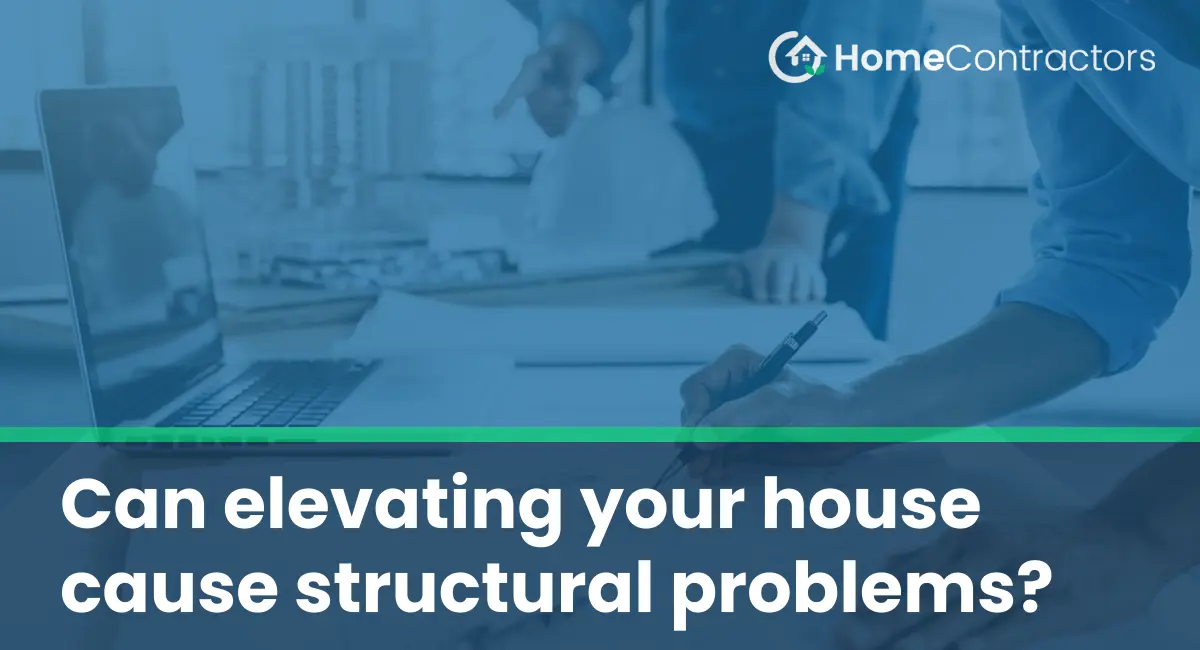Elevating or raising a house is often a solution for homeowners living in flood-prone areas or regions prone to other natural disasters. By raising the house off the ground, it can reduce the risk of damage from flooding, storm surges, or other environmental hazards. However, while this method has its benefits, there are also potential concerns and structural problems that can arise from elevating a house. In this article, we will analyze the possible issues that may arise when raising a house, along with measures to mitigate any potential risks.
Understanding the Process
Before delving into the potential structural problems, it is important to understand the process of elevating a house. Elevating a house involves raising the entire structure off the ground, typically through the use of hydraulic jacks or cranes. The house is then supported by temporary structures, such as cribbing, while the foundation or new piers are installed below. After the new foundation is complete, the house is lowered onto the newly constructed supports.
Structural Problems to Consider
While raising your house can protect it from flooding and other risks, it is essential to be aware of potential structural problems that may arise during or after the process:
- Foundation Issues: One of the most common concerns is the potential for damage to the house’s foundation. The process of elevating and lowering the house may exert stress on the foundation, leading to cracks, settling, or shifting.
- Plumbing and Electrical Systems: Raising a house can cause disruptions to plumbing and electrical systems. Misalignment, leaks, or damaged pipes and wiring may occur during the elevation process, requiring repairs and updates.
- Structural Integrity: The house’s structure may face challenges during and after elevation. The load distribution on beams and columns might change, potentially causing stress or damage to the structural elements. It is vital to ensure that the structure is properly supported throughout the process.
- Soil Movement: Elevation alters the pressure and stress on the surrounding soil. Depending on the soil conditions, this change may cause the soil to shift or settle, potentially leading to uneven settling of the house or foundation.
Mitigating Risks
While there are risks associated with elevating a house, these can be effectively mitigated through proper planning and professional guidance. Consider the following measures to address the potential structural problems:
- Engage an Experienced Contractor: Choose a reputable contractor experienced in house elevation projects. Their expertise will play a key role in ensuring the process is carried out correctly, minimizing potential issues.
- Conduct a Thorough Inspection: Prior to the elevation, have your house inspected by a structural engineer or licensed professional to identify any pre-existing concerns. This will help you understand the current state of your house and address problems before they arise.
- Strengthen the Foundation: Reinforce the existing foundation or install a new one to ensure it can withstand the stresses of raising and lowering the house. This may involve underpinning or installing additional piers for added support.
- Update Plumbing and Electrical Systems: Take the opportunity to upgrade or replace plumbing and electrical systems to avoid future issues. This will ensure that your house is equipped with modern, properly functioning systems.
- Monitor Soil Conditions: Continuously monitor the soil conditions before, during, and after the elevation process. This will allow you to detect any potential soil movement or settlement issues and take necessary actions promptly.
While elevating your house can offer protection from flood and other hazards, it is essential to be aware of potential structural problems that may arise. By understanding these issues and taking the necessary precautions, such as engaging an experienced contractor, conducting inspections, and reinforcing the foundation, you can mitigate risks and ensure a successful house elevation project. Always prioritize safety and consult with professionals throughout the process to minimize any structural problems that may negatively impact your home.
